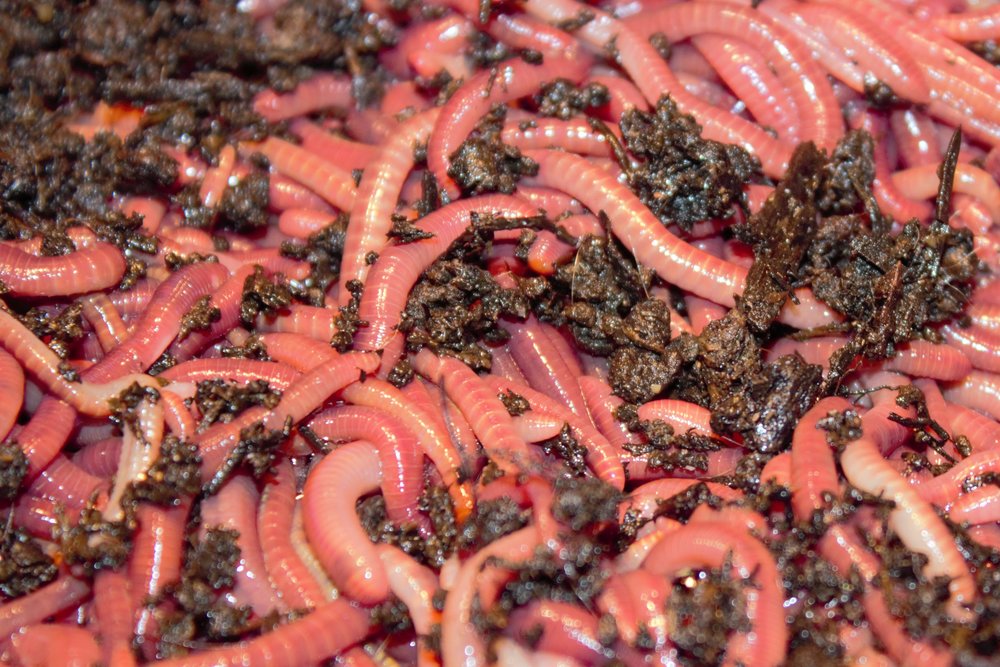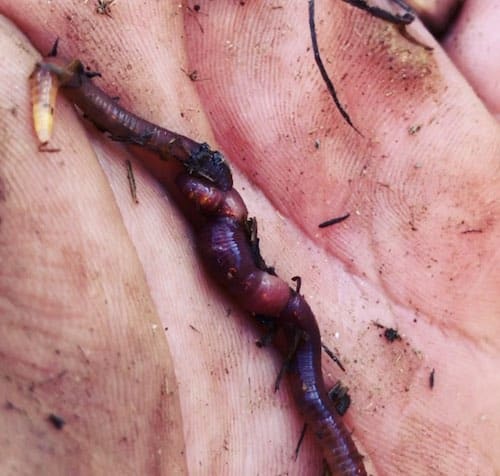Healthy red worms: How to care for
Healthy red worms: How to care for
Blog Article
Transform Your Garden With Red Wigglers: Advice
Red wigglers are not simply an inquisitiveness for garden compost enthusiasts; they are pivotal representatives of improvement for any type of garden. By developing a fundamental worm container and understanding the dietary demands of these amazing creatures, garden enthusiasts can significantly improve dirt quality and plant health. The process of transforming organic waste into abundant, abundant spreadings is both simple and gratifying. Nevertheless, the real capacity of red wigglers goes beyond mere composting. Checking out the subtleties of their treatment and the varied applications of their byproducts can unlock also better advantages for your gardening endeavors.

Benefits of Red Wigglers
Red wigglers, clinically referred to as Eisenia fetida, are commonly hailed as nature's composting champs. These impressive worms offer several crucial advantages that can considerably boost garden health and efficiency. To start with, they are reliable decomposers, damaging down natural material such as kitchen area scraps and yard waste into nutrient-rich vermicompost. This natural fertilizer enriches the soil, advertising healthy plant development and improving dirt structure.

Another noteworthy advantage of red wigglers is their capacity to decrease waste. By composting natural products that would otherwise add to landfill waste, they play a vital role in sustainable horticulture techniques. Including these worms into your gardening regimen can lead to raised yields, healthier plants, and a more vibrant garden atmosphere, making them vital allies for gardeners looking for to enhance their ecological impact.
Establishing a Worm Container
Creating a worm bin is an important action for any individual wanting to harness the advantages of red wigglers in their horticulture initiatives. An appropriate worm container can be made from numerous products, consisting of plastic containers, wooden pet crates, or commercially offered worm containers. The initial factor to consider is dimension; a bin that goes to the very least 2 feet broad, 3 feet long, and 1 foot deep is usually ideal for a small to medium variety of worms.
It's vital to create a bedding layer, making use of products such as shredded paper, cardboard, or coconut coir to offer a comfy setting for the worms. The bed linens needs to be wet but not soaked, appearing like a wet sponge - red worms.
Area the container in a location that maintains a consistent temperature, preferably between 55 ° F and 77 ° F. Avoid straight sunshine or severe chilly, as these problems can damage the worms. When the bin is established, permit the bed linen to go for a couple of days prior to presenting the red wigglers, ensuring they have a flourishing environment in which to prosper.
Feeding Your Red Wigglers
As soon as the worm container is established and the red wigglers are presented, appropriate feeding comes to be essential to keeping a healthy and balanced worm population. Red wigglers grow on a diverse diet, mostly being composed of cooking area scraps and natural products. Suitable foods include veggie peels, fruit scraps, coffee grounds, and crushed eggshells. It is vital to prevent feeding them meat, milk, or oily foods, as these can produce unpleasant odors and attract pests.
When introducing food, chop the scraps into smaller items to assist in quicker usage. Furthermore, hide the food beneath a layer of advice bed linen product to avoid fruit flies and various other annoyances. Screen the feeding regularity; a basic regulation is to give food every 1-2 weeks, depending upon the variety of worms and the amount of food waste produced.

Harvesting Worm Spreadings
How can you tell when it's time to collect worm castings from your bin? The readiness of worm spreadings is suggested by a few key indications. Initially, the material in the container ought to appear dark, brittle, and rich in structure, appearing like a fine soil. In addition, the initial food scraps must be significantly broken down or almost unrecognizable, indicating that the worms have actually successfully processed them.
Another sign is the reduction in worm task; as the spreadings accumulate, worms tend to move towards fresher food sources. If you see a decline in worm activity and the presence of spreadings at the bottom of the bin, it's a clear signal that harvesting schedules.
To collect, carefully dig the spreadings, taking care to lessen disturbance to the worms. A popular method includes separating the castings utilizing light; worms tend to delve away from the light, enabling you to collect the spreadings extra conveniently.
Collecting regularly, approximately every three to 6 months, makes sure a consistent supply of this nutrient-rich modification for your gardening undertakings. Remember, the quality of your castings directly influences the health and wellness of your plants.
Using Spreadings in Your Garden
(red wigglers for composting)Using worm castings in your yard can significantly improve soil health and wellness and plant development - red worms. These nutrient-rich natural plant foods provide vital macro and trace elements, improving the total fertility of your soil. By including worm spreadings into your yard beds, you can advertise useful microbial activity, which helps in vitamins and mineral availability and boosts soil framework
To use worm spreadings efficiently, mix them into the top couple of inches of dirt prior to planting. You can produce a nutrient-dense fluid plant food by soaking worm spreadings in water for a week, then applying the resulting "worm tea" straight to your plants.
Worm castings likewise enhance dampness retention within the dirt, minimizing the need for regular watering. Their natural pH equilibrium makes them appropriate for numerous plant types, from vegetables to ornamentals. Frequently integrating worm spreadings right into your horticulture regimen can cause durable plant growth, boosted returns, and a general healthier yard community. Accept the advantages of worm spreadings for a thriving and lasting garden.
Final Thought
By developing a worm container, providing ideal food, and frequently harvesting nutrient-rich spreadings, gardeners can foster a sustainable environment. The use of worm castings and "worm tea" better adds to moisture retention and nutrient schedule in the soil.
Report this page